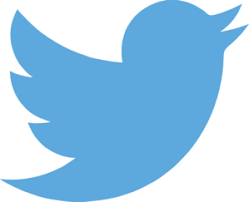Four-day workweek trial: Shorter hours, happier employees
A trial of a four-day workweek, billed as the world’s largest, has found that an overwhelming majority of the 61 companies that participated from June to December will keep going with the shorter hours.






